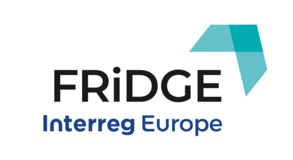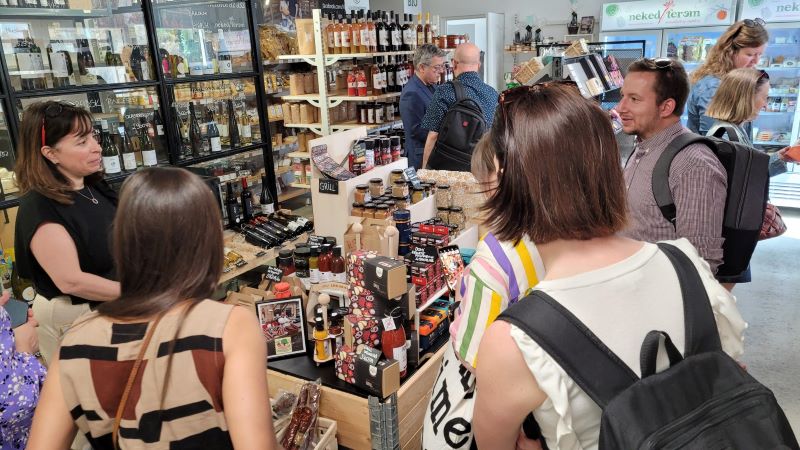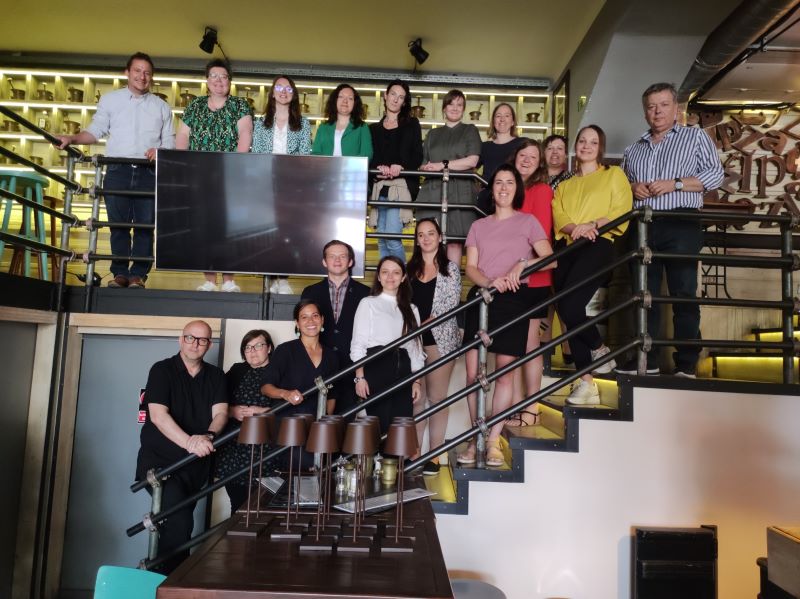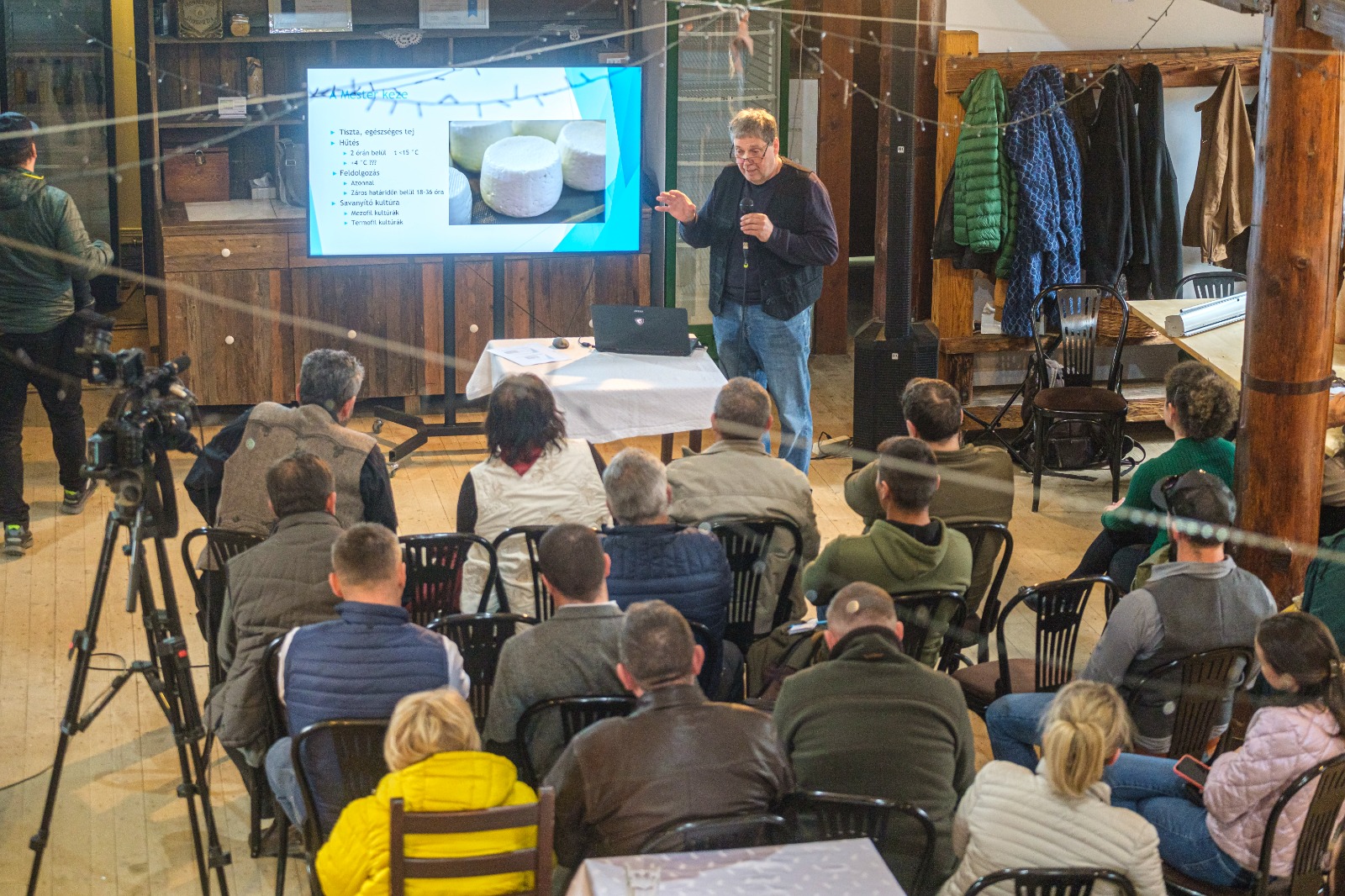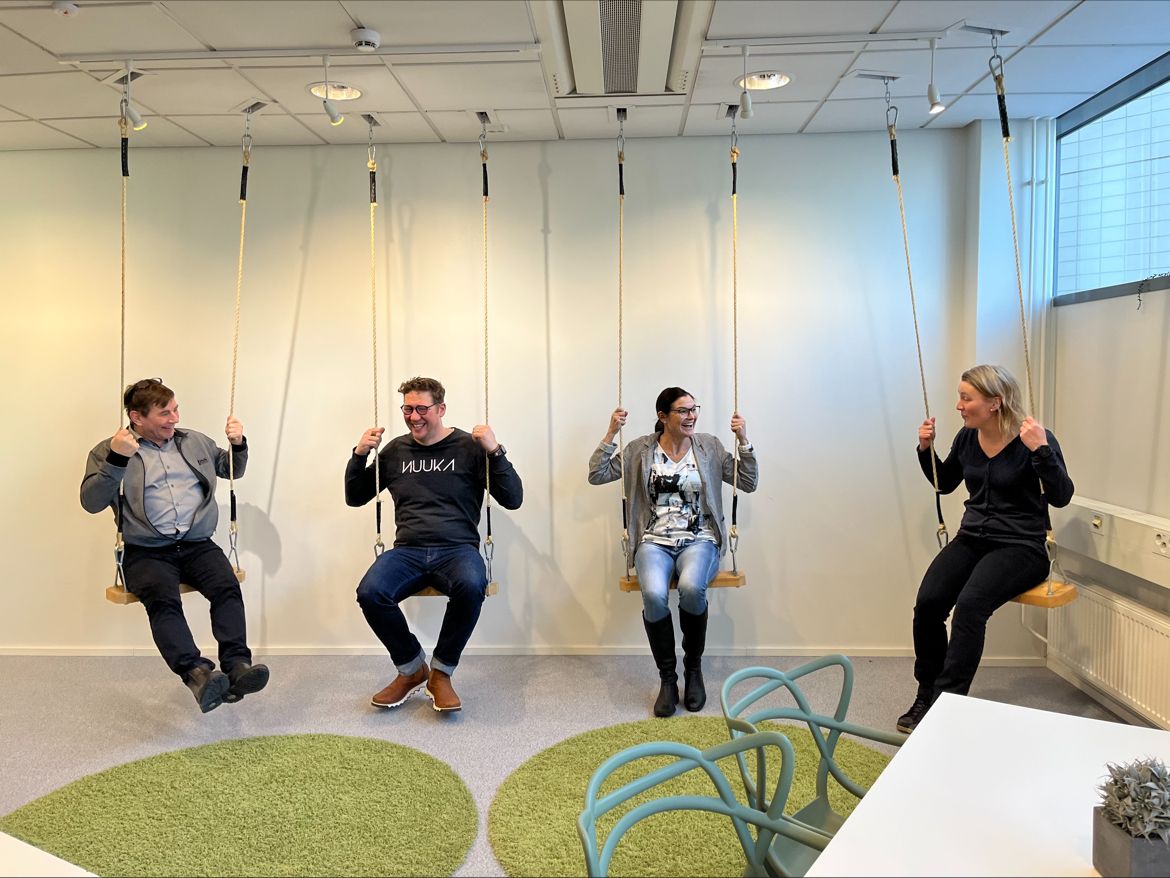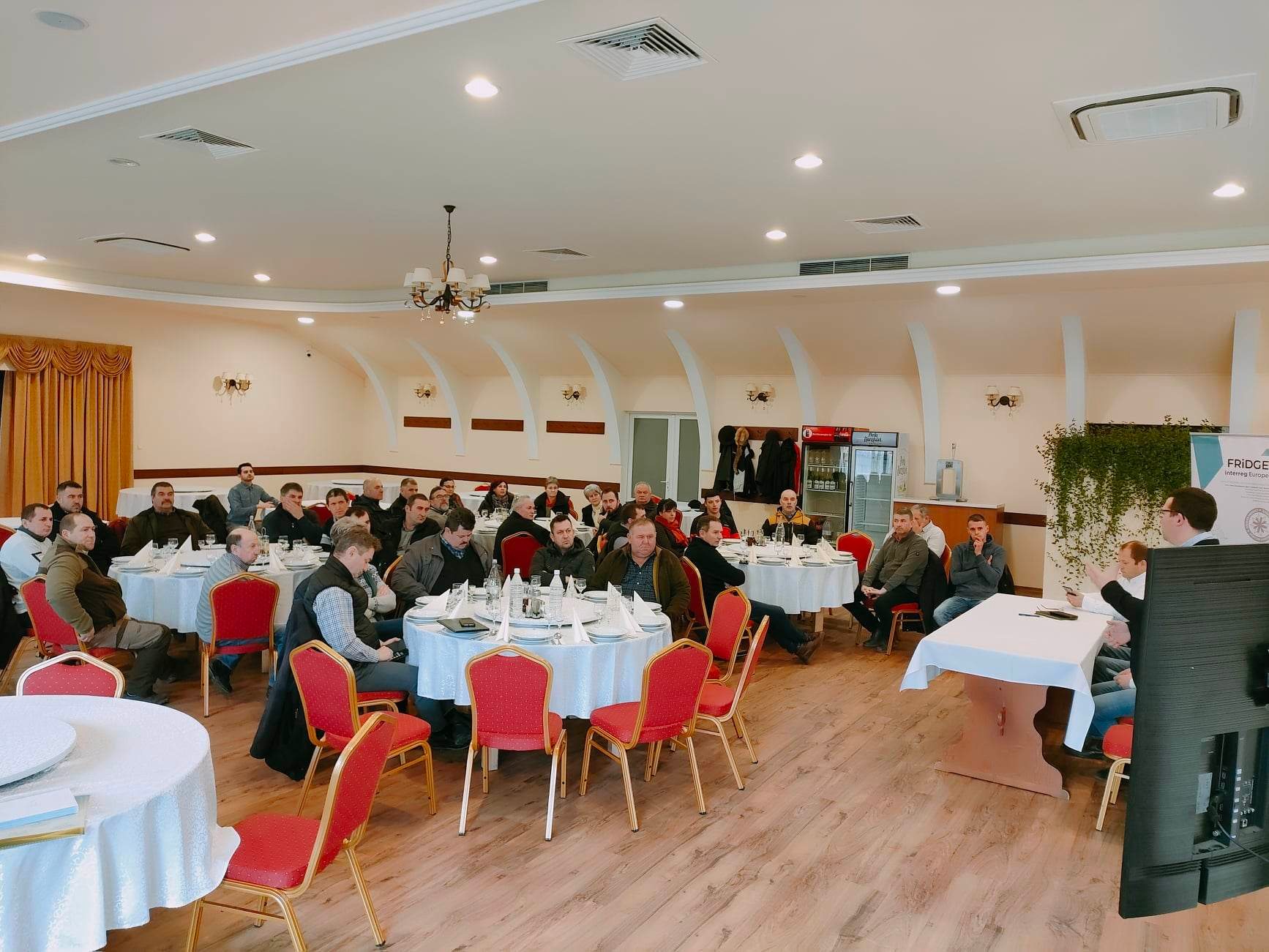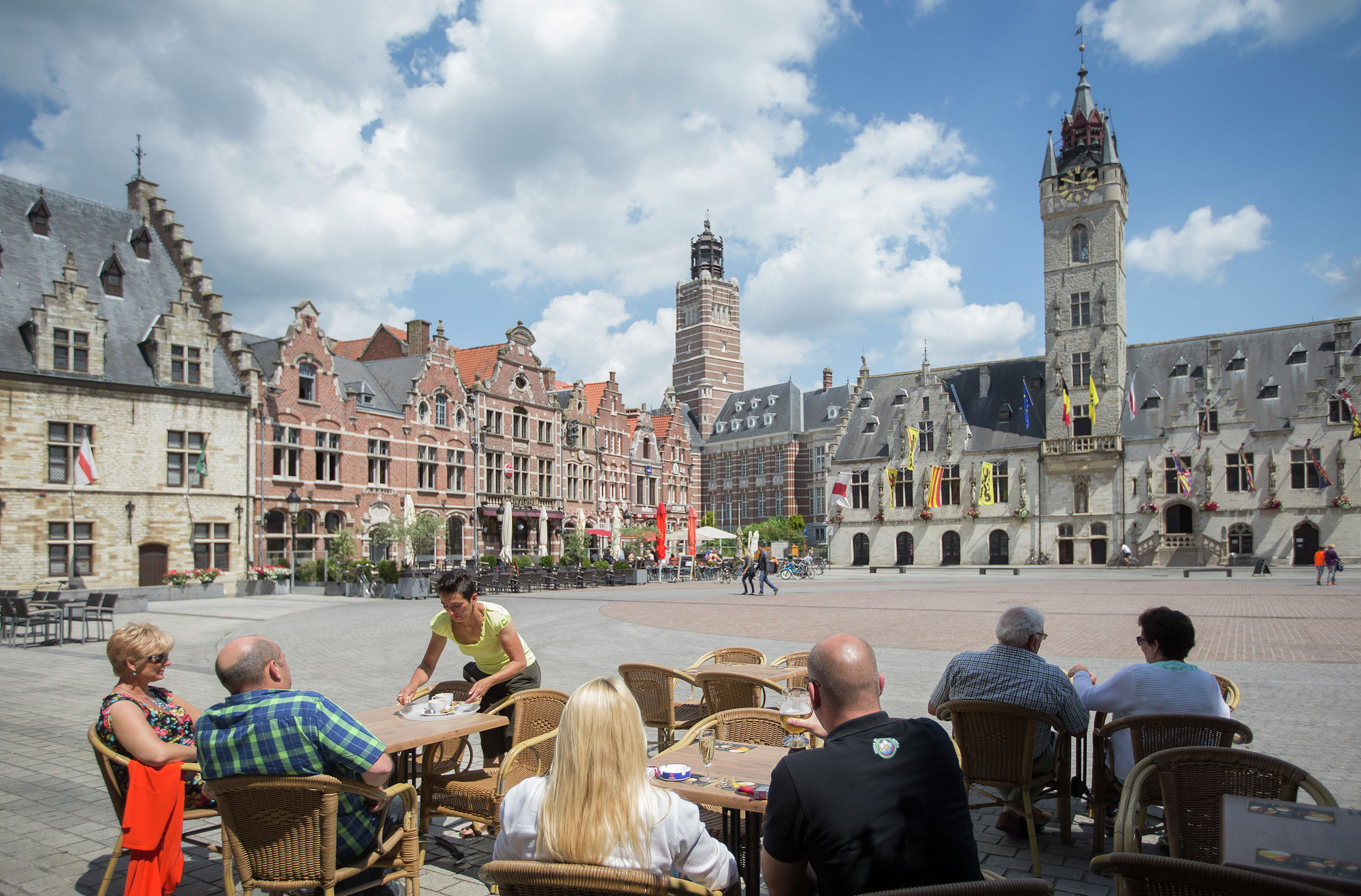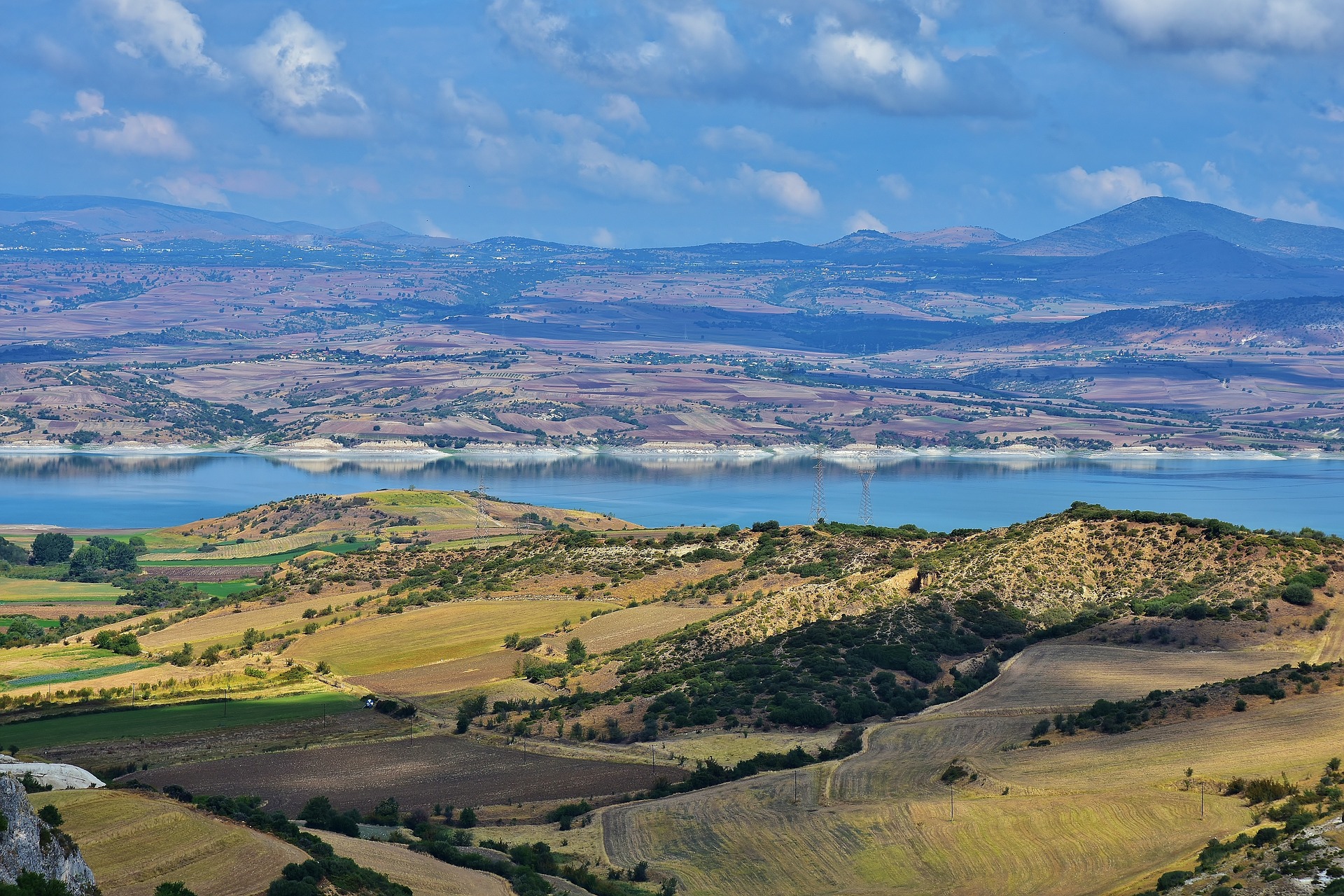After three years of active project work, including surveys, speciality studies, consultations with specialists and study visits in project partners’ regions, we conclude our journey of phase one with a FRIDGE Handbook.
As a part of the FRIDGE project, one of our tasks has been to combine the entire knowledge gathered throughout the thirty-six months of active cooperation between the project partners and compress it into a comprehensive and easy-to-understand form.
In order to achieve this goal, our partners from the Regional Council of South Ostrobothnia have been working hard during the past five months by going through all the data produced during the project and compressing the key results in the form of a Handbook.
Our Handbook has been designed to meet all accessibility standards. Thanks to the help of qualified graphic designers, it has been made easy to read for people with disabilities and impaired sight.
What is included in the Handbook?
The Handbook starts with a few words from the Lead Partner, Balázs Kiss from the Tolna County Development Agency, Hungary. Here you can learn about how the FRIDGE project has been conducted, about involved partners and how the project’s outcomes will impact partner regions’ future.
On the following pages, you will receive a summary of three studies and two speciality group reports that will allow you to better understand the problems and challenges that regions involved in this project, as well as the European food industry in general, face every day. Obtaining this knowledge was one of the core objectives of this project.
Starting with the Regional Analysis study, you will get familiar with the characteristics of each of the participating regions. Their specialities and industry structure. Shortly put, all you need to better understand the rest of the paper.
This is followed by a chapter on the Policy Assessment study, which focuses on the regional self-assessment of the regional policies. All project partners shared a detailed analysis of their policies and the current situation of their regional development. In this chapter, you can learn more about the socio-economic and environmental factors, finance, entrepreneurial issues and RTDI sector in each region.
Our study section ends with a summary of the results of an SME Survey. The FRiDGE project partners come from six different European countries. In each of these regions, enterprises face a different reality of running a business. Therefore, it was important for this project to identify these key challenges for food SMEs. An online survey was created, consisting of four sections asking questions about company profiling, productivity drivers, governmental support for innovation and the market innovation itself. A total of 120 entrepreneurs shared their opinions. You can find the results of our analysis in the Handbook.
Studies are followed by a quick review of two Speciality Group reports which tackle the issue of market reach and investments into new machinery, with a closer look at the influence of the COVID-19 pandemic on these topics. COVID-19 has severely impaired profits for many companies for an extended period of time and in some cases, it has changed how the business is done.
At the end of our Handbook, you can find all the Good Practices sorted by the regions of where they come from and explained how they affect the local business and stimulate growth.
Remember that the Handbook is just a summary of months of our hard work. Make sure to visit sites linked in the text to get access to full-length reports and analyses.
Get familiar with the Handbook:
You can also find our handbook translated to other languages:
- PDF version of FRIDGE Handbook in Dutch
- PDF version of FRiDGE Handbook in Hungarian
- PDF version of FRiDGE Handbook in Romanian
Contact
Balázs Kiss,
Lead partner
Tolna County Development Agency Non-profit.
[email protected]
Hanna Meriläinen,
Communication Manager,
Regional Council of South Ostrobothnia
[email protected]
